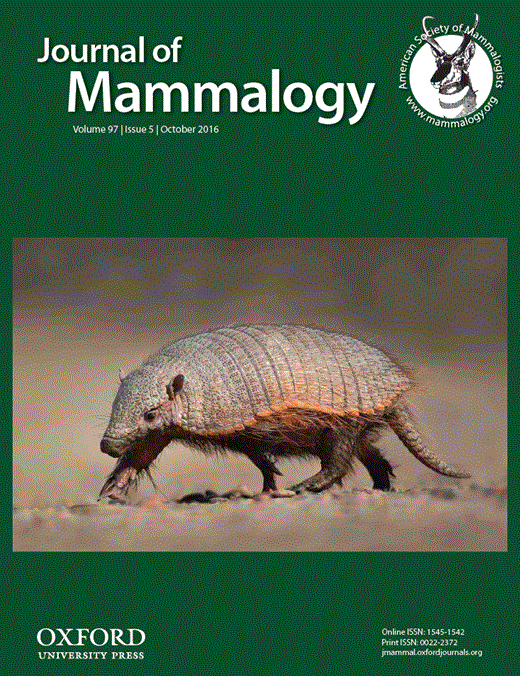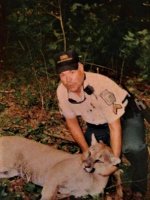jdgator
Senior Member
It was previously assumed that the easternmost breeding population of cougar was the Black Hills of South Dakota. However, that population has doubled since the 1960s and has started pushing east.
Starting in the early 2000s cougars were sighted as far east as Wisconsin. Wisconsin DNR is pretty tight-lipped although it confirms that the cougar's occasional territory includes most of the state. It has this page describing the cougar in Wisconsin and maintains map of verified cougar sightings.

Wisconsin DNR reports that receives hundreds of reports but it only verifies about 20 sightings a year due to lack of resources. One undeniable sighting occurred in November 2023. A bowhunter shot a young male cougar in order to defend himself. No charges were pressed. Article here.

The cougar's expansion has continued. Here is a very recent video of a cougar hunting a Michigan deer. Cougars are now regularly seen in Michigan's Upper Peninsula. Michigan DNR indicates that the cougar range has expanding to include the Upper Peninsula. Here is a very interesting article about Michigan's cougar monitoring program.
Those who are not afraid of falling into the rabbit hole should read the meeting minutes of the Michigan Cougar Team. Those reports will indicate that Michigan's cougar team describes the trend as "recolonization" because it has evidence of breeding-age females in the region. However, it does not share any information regarding sightings of cougar cubs. It neither confirms nor denies cougar cubs. Perhaps this is to safeguard dens... The Michigan Cougar Team also notes that many Wisconsin cougar sightings are adjacent to the Upper Peninsula, giving credence to the theory of a new population center.
Why the Upper Peninsula? Deer density. This research article on potential cougar capacity in the Great Lakes region indicates that northern Michigan has a high deer density. Female cougars need close access to food in order to support cubs.

Starting in the early 2000s cougars were sighted as far east as Wisconsin. Wisconsin DNR is pretty tight-lipped although it confirms that the cougar's occasional territory includes most of the state. It has this page describing the cougar in Wisconsin and maintains map of verified cougar sightings.

Wisconsin DNR reports that receives hundreds of reports but it only verifies about 20 sightings a year due to lack of resources. One undeniable sighting occurred in November 2023. A bowhunter shot a young male cougar in order to defend himself. No charges were pressed. Article here.

The cougar's expansion has continued. Here is a very recent video of a cougar hunting a Michigan deer. Cougars are now regularly seen in Michigan's Upper Peninsula. Michigan DNR indicates that the cougar range has expanding to include the Upper Peninsula. Here is a very interesting article about Michigan's cougar monitoring program.
Those who are not afraid of falling into the rabbit hole should read the meeting minutes of the Michigan Cougar Team. Those reports will indicate that Michigan's cougar team describes the trend as "recolonization" because it has evidence of breeding-age females in the region. However, it does not share any information regarding sightings of cougar cubs. It neither confirms nor denies cougar cubs. Perhaps this is to safeguard dens... The Michigan Cougar Team also notes that many Wisconsin cougar sightings are adjacent to the Upper Peninsula, giving credence to the theory of a new population center.
Why the Upper Peninsula? Deer density. This research article on potential cougar capacity in the Great Lakes region indicates that northern Michigan has a high deer density. Female cougars need close access to food in order to support cubs.




